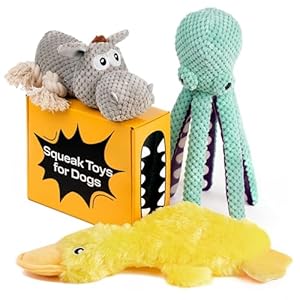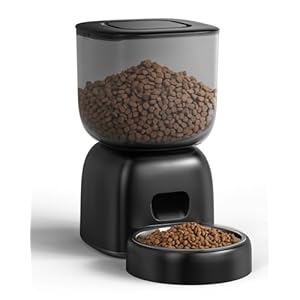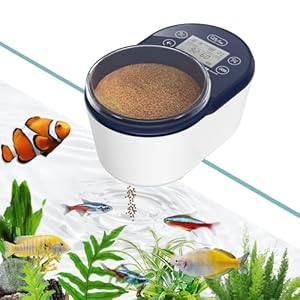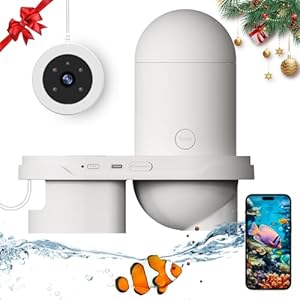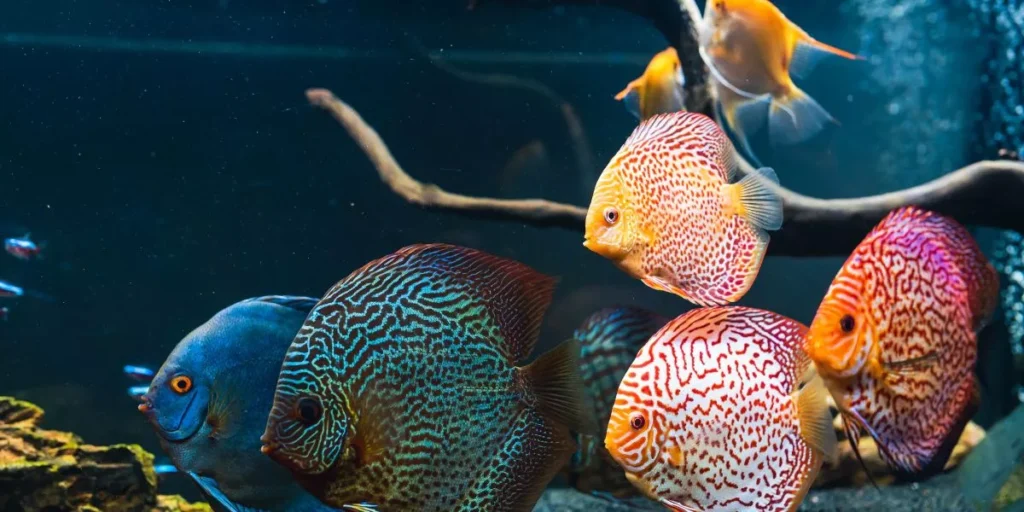

If you’re just starting out in the world of fishkeeping, choosing the right type of fish tank is crucial. The decision between freshwater, saltwater, betta, community, or nano tanks can seem overwhelming at first, but fear not. Each option has its pros and cons, and finding the ideal match for your level of experience and commitment is key. So, before you take the plunge, let’s dive into the specifics of each type to help you make an informed choice.
Freshwater Fish Tanks
If you’re new to fishkeeping, starting with a freshwater fish tank is a great choice for beginners. Freshwater tanks are generally easier to set up and maintain compared to saltwater tanks. They’re more forgiving of beginner mistakes and are often less expensive to start.
When setting up your freshwater tank, you’ll have a wide variety of fish to choose from, including popular options like guppies, tetras, and bettas. These fish come in vibrant colors and are generally hardy, making them ideal for those new to the hobby.
To get started with your freshwater tank, you’ll need basic equipment such as a tank, filter, heater, thermometer, and water conditioner. Research the specific needs of the fish you plan to keep to ensure their environment is suitable. Regular water changes and monitoring of water parameters are essential to keep your fish healthy and thriving.
Remember to cycle your tank before adding fish to establish a stable environment for them. Enjoy the process of creating a beautiful underwater world in your freshwater fish tank!
Saltwater Fish Tanks
Exploring the intricacies of saltwater fish tanks opens up a whole new world of challenges and rewards for aquarium enthusiasts. Unlike freshwater tanks, saltwater tanks require a bit more maintenance and attention to detail. The key to a successful saltwater tank lies in maintaining the delicate balance of salinity, pH levels, and water quality.
When setting up your saltwater tank, invest in quality equipment such as a protein skimmer, live rock, and a reliable filtration system to help mimic the natural ocean environment. Research different species of saltwater fish and corals to ensure compatibility and create a thriving ecosystem. Regular water testing and proper feeding schedules are essential to keep your marine life healthy and vibrant.
Don’t be discouraged by the initial complexity of saltwater tanks; with patience and dedication, you can create a stunning underwater world filled with colorful fish and mesmerizing corals. Remember, the beauty of a saltwater tank isn’t just in its appearance but also in the sense of accomplishment it brings as you successfully navigate its challenges.
Betta Fish Tanks
When considering Betta fish tanks, prioritize space and enrichment to ensure a healthy and happy environment for your Betta fish. Betta fish, also known as Siamese fighting fish, require adequate space to swim and explore. A tank size of at least 5 gallons is recommended to provide ample room for your Betta to move around.
In terms of enrichment, Betta fish thrive in environments with hiding spots and live or silk plants. Adding caves or decorations that create hiding places will help your Betta feel secure and reduce stress. Live or silk plants not only enhance the aesthetic appeal of the tank but also provide resting spots for your Betta.
Maintaining a stable and warm water temperature between 75-80°F is crucial for the health of your Betta fish. Investing in a heater and thermometer will help you regulate the water temperature effectively. Additionally, performing regular water changes and using a gentle filter are essential to keep the tank clean and maintain optimal water conditions for your Betta fish.
Community Fish Tanks
For beginners, setting up a community fish tank entails carefully selecting compatible fish species to create a harmonious aquatic environment. When choosing fish for your community tank, consider factors like size, temperament, and water requirements. Popular community fish options include tetras, guppies, mollies, and swordtails. These species are generally peaceful and can coexist well in a shared tank.
It’s crucial to research each species’ behavior and preferred tank conditions to ensure they’ll thrive together. Pay attention to factors like water temperature, pH levels, and diet compatibility. Maintaining a balanced ecosystem is key to preventing conflicts and promoting the well-being of your fish.
Introducing fish gradually and monitoring their interactions helps prevent aggression and territorial disputes. Providing plenty of hiding spots and plants can also help create territories and reduce stress among tank inhabitants. Regular water testing and maintenance are essential to keep your community tank healthy and stable. With proper planning and care, a community fish tank can be a vibrant and enjoyable addition to your home.
Nano Fish Tanks
To delve into the world of nano fish tanks, shift your focus to creating a miniature aquatic ecosystem that offers unique challenges and rewards suitable for beginners. Nano fish tanks are typically small, ranging from 2.5 to 10 gallons in size, making them perfect for those with limited space or budget. Despite their size, these tanks can support a variety of small fish species, such as bettas, guppies, or tetras, along with shrimp or snails.
Maintaining a nano tank requires attention to detail. Due to their smaller volume, water parameters can fluctuate more rapidly, necessitating frequent monitoring and water changes. The limited space also means that overstocking can quickly lead to water quality issues, so it’s essential to research and adhere to stocking guidelines.
On the plus side, nano tanks offer a fantastic opportunity to hone your aquascaping skills. With careful planning and creativity, you can create stunning underwater landscapes that rival larger setups. Overall, nano fish tanks provide a compact yet fulfilling entry point into the world of fishkeeping.
Trending Products



